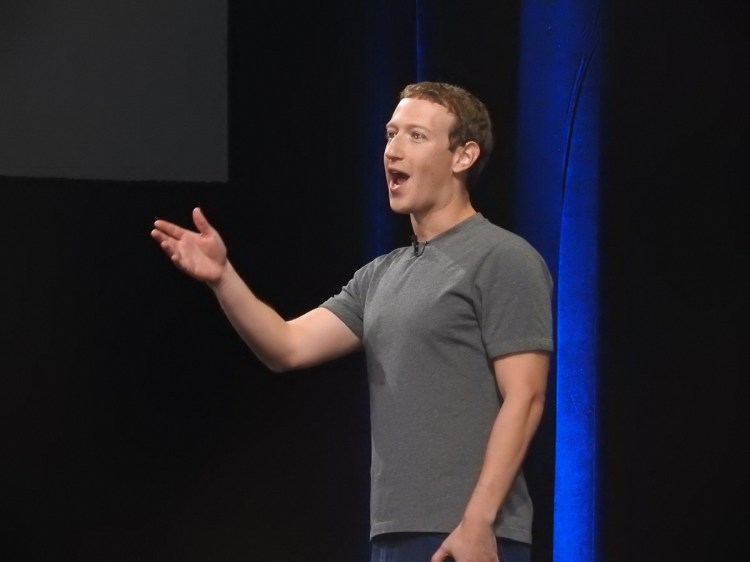Want smarter insights in your inbox? Sign up for our weekly newsletters to get only what matters to enterprise AI, data, and security leaders. Subscribe Now
Facebook’s envy of Snapchat has been well-documented—as have its attempts over the years to imitate various features of the mobile video-messaging service. Virtually none of these efforts have managed to gain much traction with users, however.
In the latest example of this continuing trend, the social networking giant is said to be working on something similar to Snapchat Discover, the feature through which media partners such as CNN and BuzzFeed post their articles and videos for Snapchat users to browse.
Facebook has reportedly told some of its media partners that it is working on a new feature called Collections, which would bundle articles and videos from those outlets together in the news feed, making it easier for users to find them, according to a report from Business Insider.
The social network often experiments with new services and then changes its mind about rolling them out, so there’s no guarantee that Collections will ever become reality.
Interestingly, Snapchat recently changed the terms of its deal with media partners involved in the Discover feature, and there have been reports from some publishers that the engagement levels with their content have dropped off significantly as a result.
If Facebook did launch such a feature, it could kill two birds with one stone. It would make the company’s media partners even more reliant on the news feed to reach their audiences, which would help Facebook. And it might also help mitigate some of the criticism the company has been getting about the rise of “fake news” on the network.
The proliferation of false news stories and hoaxes, many of which come from fraudulent domains that pretend to be real news publishers, has been a problem for Facebook for some time. But criticism about the phenomenon has increased in volume since the election of Donald Trump.
Some observers believe that the profusion of fake articles on Facebook helped sway the presidential election in favor of Trump, although others have argued that all this accomplished was to entrench the views that Trump voters already held about various issues.
Mark Zuckerberg at first said the percentage of fake news on the platform was tiny, and called the idea that it influenced the election “crazy.” More recently, however, he has said the company is working on methods of detecting and flagging fake news stories for users, even though the social network has no desire to be an “arbiter of truth.”
The Collections feature would be a way for Facebook to essentially create a group of “approved” or verified media outlets that it could feature prominently in the news feed.
One problem for alternative media sources, however, would be that such deals would entrench Facebook’s status as an information gatekeeper. Journalist Glenn Greenwald and others have said this is one of the problems with Facebook deciding what “fake news” is.
The uncomfortable reality is that Facebook already picks and chooses which media outlets to favor through its use of an algorithmic filter, the workings of which are only known to Facebook. Presumably those who participated in Collections would be even more favored in the news feed.
This story originally appeared on Fortune.com. Copyright 2016


